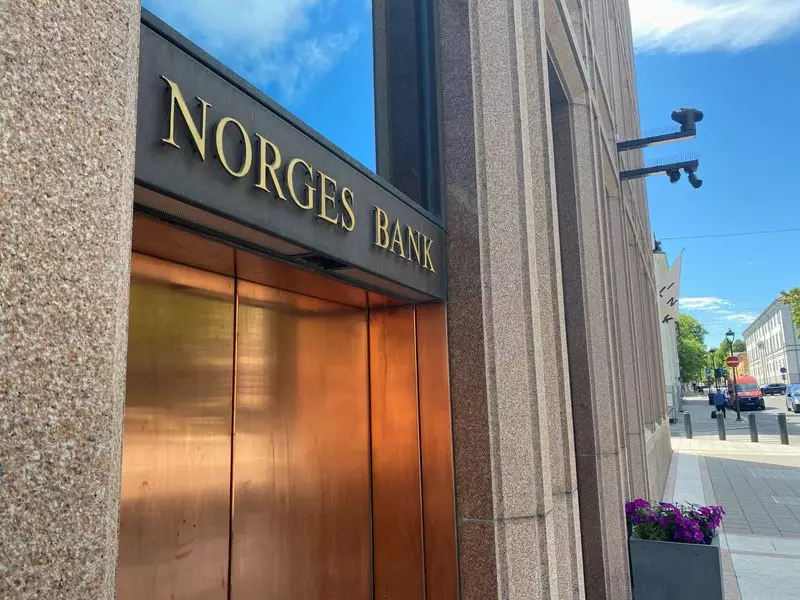Norway’s central bank recently decided to maintain its policy interest rate at a notable high of 4.50%, a level not seen for 17 years. Analysts had anticipated this decision, reflecting a consensus among experts regarding the bank’s strategy to balance economic growth and inflation control. Norges Bank’s Governor, Ida Wolden Bache, indicated that while a cut is planned for March, the need for careful monitoring of macroeconomic conditions remains critical. The bank aims to manage inflation while serving the interests of Norway’s economic landscape, which is currently witnessing fluctuating inflation rates and changing global trade dynamics.
Looking ahead, economists are optimistic about the possibility of interest rate cuts beginning in March 2024, reflecting a broader trend seen across many Western central banks. The anticipated cuts come as global growth shows signs of slowing and inflationary pressures wane. Specifically, Norges Bank has outlined a plan to reduce the rate further over the next few years, aiming for a rate of 3.75% by the end of 2025. This signals a readiness to adapt to evolving economic conditions and aligns with expectations from industry analysts who predict a cautious yet proactive approach to monetary policy.
The Norwegian Crown: Currency Fluctuations and Financial Markets
The announcement from Norges Bank coincided with a slight decline in the value of the Norwegian crown, trading at 11.75 against the euro shortly after the decision was made public. This minor depreciation could be indicative of market reactions to central bank policies and the perceived stability of Norway’s economy in a more competitive global landscape. With international trade becoming increasingly fraught, concerns regarding potential increases in trade barriers loom large. The uncertainty surrounding these global dynamics adds a layer of complexity to Norway’s economic outlook.
In terms of inflation, Norway has seen a slight easing of core inflation rates, providing some relief. The rate fell unexpectedly from 3.0% in November to 2.7% in December, but it still exceeds the central bank’s target of 2%. This persistent inflation presents ongoing challenges for monetary policy, as officials attempt to foster a stable economic environment while addressing rising business costs that could stoke future inflation. Norges Bank’s cautious language emphasized the ongoing need for a restrictive monetary policy until they can ensure inflation is firmly stabilized within the target range.
The future of monetary policy in Norway will hinge upon several critical factors, including the domestic inflation trends, actions taken by other central banks, and the potential impact of global trade relationships. As the central bank prepares to embark on a new trajectory of interest rate adjustments, the focus will increasingly be on how these decisions will influence the broader economy. Investors, analysts, and policymakers alike will be watching closely to gauge how Norway navigates these complex economic waters in the months ahead.

